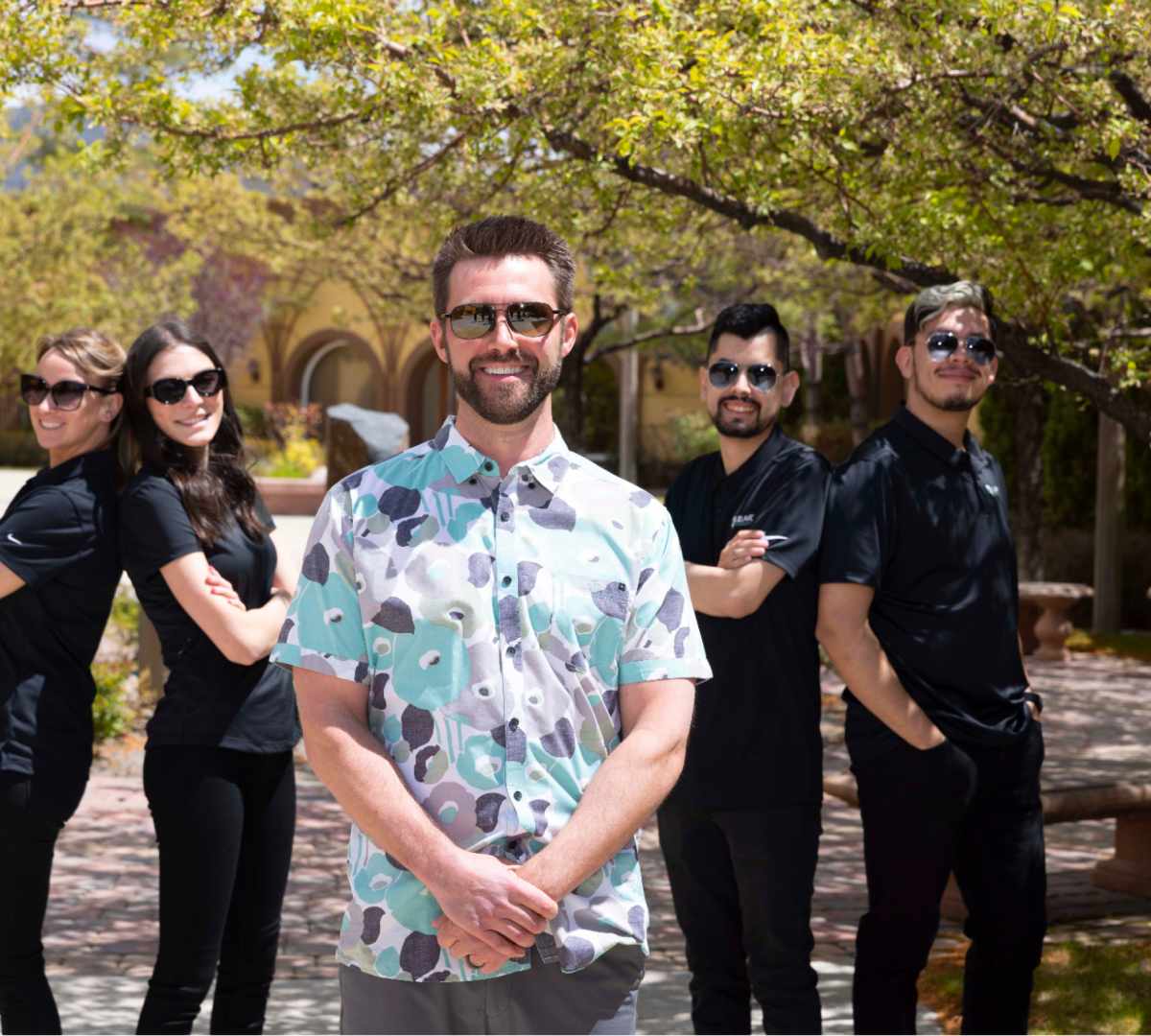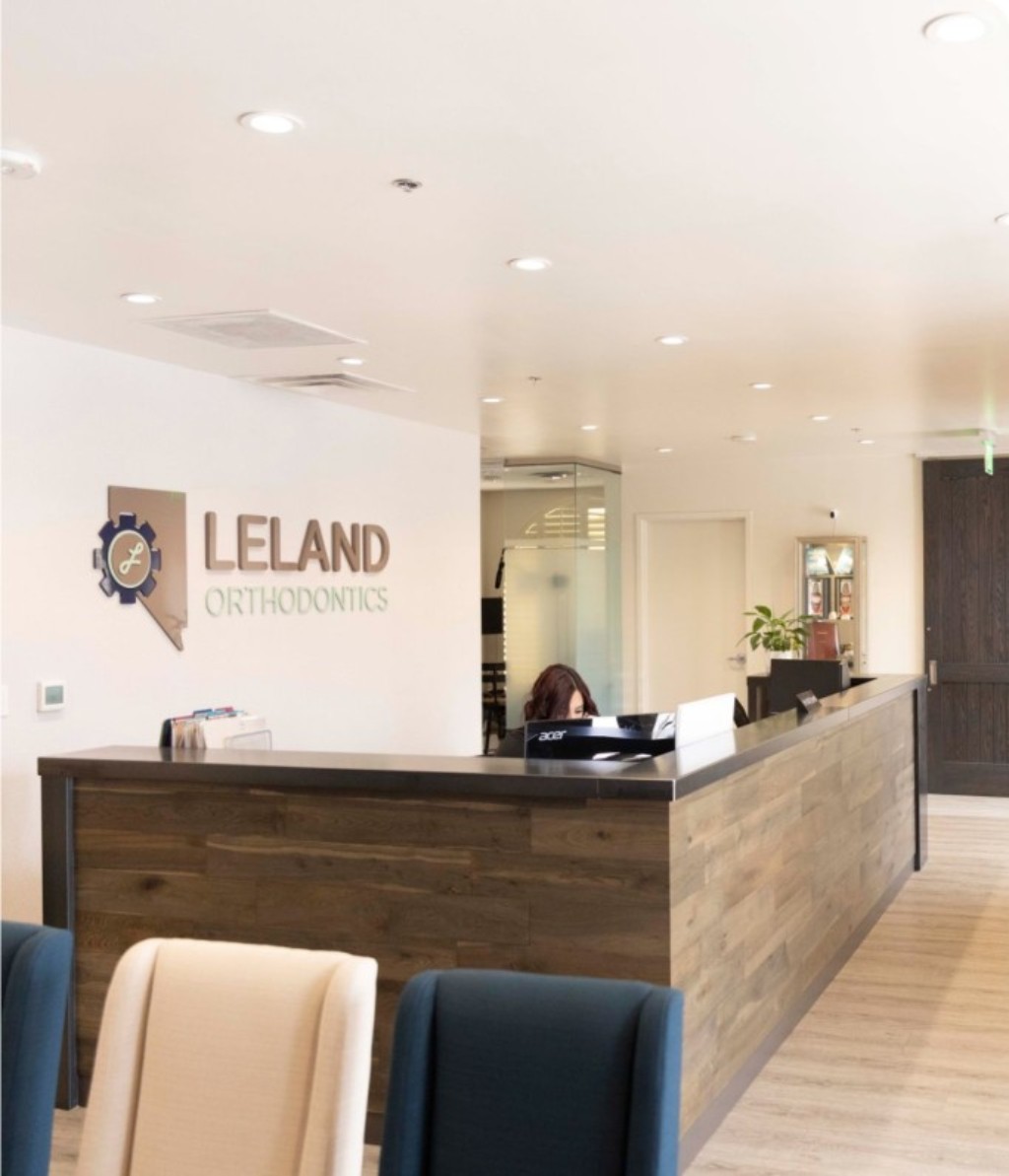“Why” you may ask, “does my child need braces when he’s only 8 and has a ton of baby teeth left in his mouth (which side note – is totally normal at this age)? Also, 3 of his classmates went to see an orthodontist and were told they wouldn’t need treatment until they were 11 or 12! What’s going on here?”
This is a common question we get asked and I wanted to shed light on why one 7 or 8-year-old child may need orthodontic treatment, where another does not. The simple answer is that at this age, our goal is to set the child up for all permanent teeth to come in and upper and lower jaws to grow normally. If there is something that will potentially get in the way of this happening, early orthodontic treatment (called Phase 1 treatment) is recommended. If not, even if all the teeth aren’t perfectly straight, treatment is postponed until a child is 11 or 12 (called Phase 2 treatment).
That was the gist of the answer, but since you’re still reading, I’ll go into more detail about Phase 1 vs. Phase 2. Phase 1, if it’s needed, occurs during the ages of 7-10, the ages when most jaw growth is happening and permanent teeth are growing rapidly. These are critical years for orthodontic evaluation. If everything is growing normally, we let nature do its work. If something is out of place though, like a mismatch between upper and lower jaws, a narrow upper jaw, a tooth stuck up in the gums, etc, it’s important that we correct the issue during the growth period. If we wait until later, growth will have already occurred…the issue is, it will have occurred unevenly.
Phase 2 orthodontics occurs when jaw growth is essentially complete, and all permanent teeth have either completely grown in, or are close to doing so. Oftentimes, Phase 1 is never needed, and the only treatment a patient receives is Phase 2. Phase 2 treatment applies to all patients from ages 11 to 100; anytime our goal is to align all permanent teeth, align the bite, and make her smile look spectacular, she’s undergoing Phase 2 treatment.
Significantly more emphasis is placed on esthetics during Phase 2 treatment than during Phase 1. Think of Phase 1 as “functional” and Phase 2 as both “Aesthetic and Functional.” Basically, for Phase 2 patients, everything that is going to grow has already grown, making the goal to leave the patient with a beautiful and functional smile that she can enjoy for the rest of her life.


